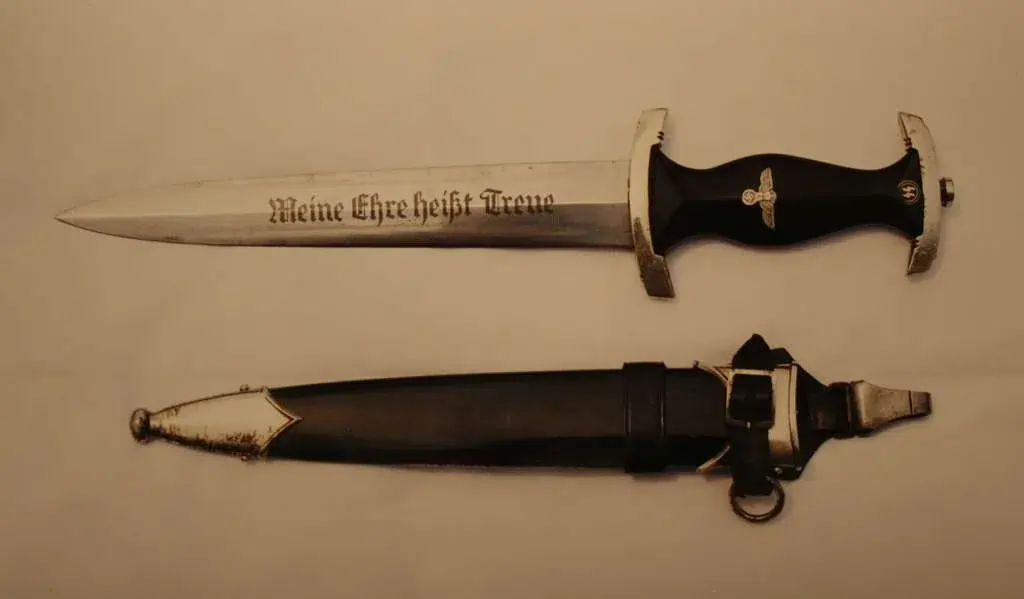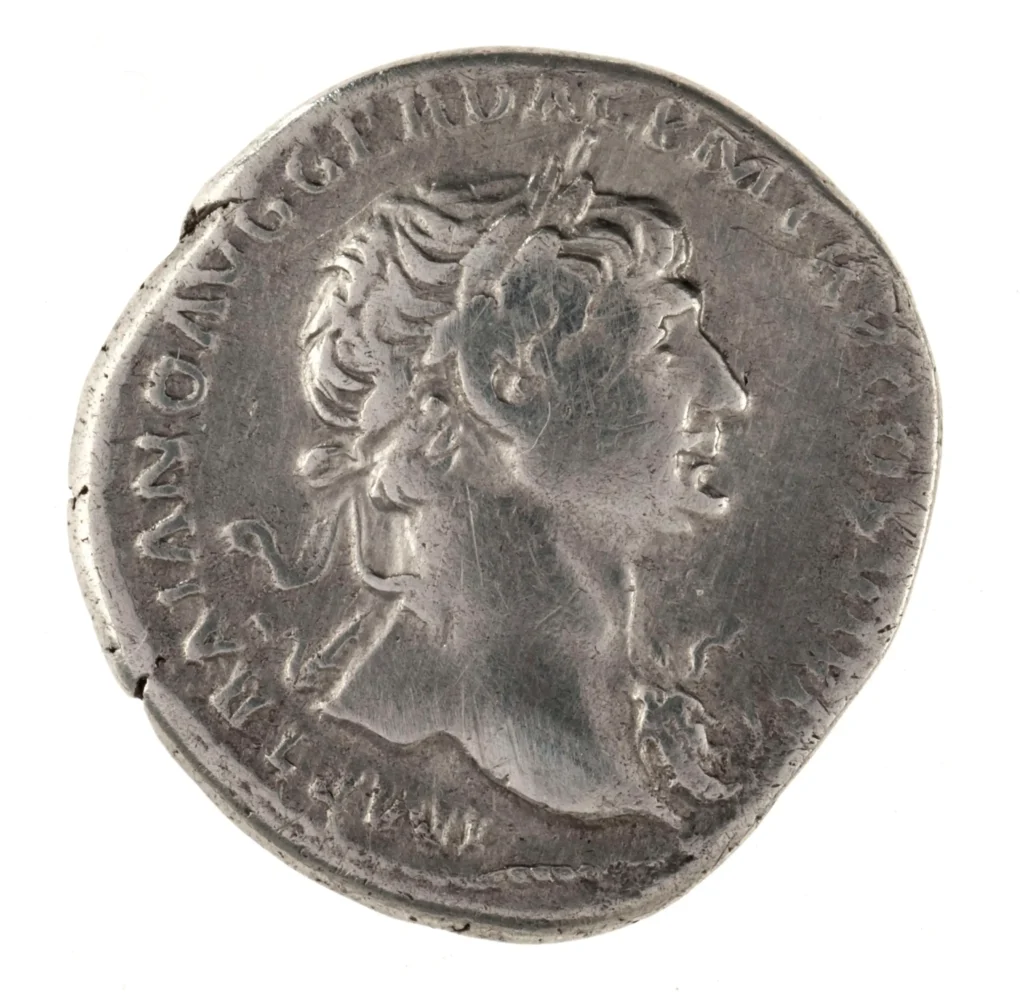German SS daggers are relics, from history that are known globally for their meticulous design and intricate workmanship. These ceremonial blades were crafted during an era of history and demonstrate impressive metallurgical skills and production quality that collectors and historians still analyze to this day.
In depth look at these artifacts uncovers intricate production methods and unique artisan markings along with differing levels of craftsmanship, from manufacturers. Delving into these details assists collectors and scholars in discerning genuine German WW2 knives from replicas while shedding light on the manufacturing expertise of that time period. This thorough examination delves into their aesthetics, craftsmanship, notable producers and ways to verify authenticity.
Historical Context of German SS Daggers
The SS-Ehrendolch (SS Honor Dagger) was unveiled in December 1933 as a weapon inspired by dagger styles, from the 16th century. The introduction of this weapon signified an advancement in the culture of the SS group by embody authority and devotion, to their ideology.
Origins and symbolism
The dagger had a center ridge running along its pointed blade and bore the SS motto “Meine Ehre heißt Treue” (My Honor is Loyalty). These German WW2 knives held importance. Were awarded during elaborate ceremonies held yearly on November 9th at the Feldherrnhalle, in Munich with torchlight rituals.
Role in Nazi Germany
The German SS dagger was a designated weapon carried with the SS dress uniform to signify membership in the organization. Held significance, beyond just being a decorative accessory.
- Required completion of specific membership requirements
- Symbol of authority and organizational belonging
- Ceremonial weapon for formal occasions
Types of SS daggers
Three distinct variants emerged throughout their production period:
| Period | Features | Significance |
| Early Model (1933) | Anodized scabbard, solid nickel fittings | Most valued by collectors |
| Standard Issue | Painted scabbard, varied materials | Most common variant |
| Officer Chain (1936) | Added decorative chain, special markings | Reserved for senior ranks |
The crafting of these arms persisted until 1940 despite changes, in quality and materials that mirrored the climate at that time. The commanders of the SS were presented with versions adorned with custom engravings that often included gold embellishments and premium materials.
Design and Construction
The exceptional craftsmanship of German SS daggers is noticeable, in the way they were made and the materials chosen for them varied over time as production methods evolved while ensuring high quality standards were upheld throughout their manufacturing history.
Materials used
The earliest SS daggers featured premium materials, with subsequent changes reflecting wartime resource constraints. A clear evolution in material usage can be observed:
| Period | Primary Materials | Characteristics |
| 1933-1936 | Solid nickel, silver | Superior durability, premium finish |
| 1936-1938 | Nickel-plated steel | Transitional quality, mixed materials |
| 1939-1942 | Plated pot metals, aluminum | Economic alternatives, varied quality |
Blade craftsmanship
The crafting of the blades showcased a focus, on details as each component was meticulously refined during the finishing process. The acid-etched motto technique demanded handling to create the intended contrast and depth. The initial blades displayed grain patterns as a result of manual polishing techniques whereas subsequent versions featured a more uniform finish achieved through mechanized methods.
Signs of quality, in blade crafting comprise;
- Dark, clearly defined motto etching
- Precise blade geometry with pronounced center rib
- Consistent cross-grain finishing
- Proper fitting to crossguards
Handle and scabbard details
Craftsmanship, in creating the handle was a process that included working with hardwood and achieving a black hue by immersing it in aniline dye solution through several stages of boiling heat treatment. The assembly of the grip demanded fitting together of metal parts while ensuring use for the users hand shape and size. The alignment of each handles, with the cross guards were individually tailored to guarantee a match.
During the development of scabbards, over time and in sync with production advancements occurred; the initial models showcased coatings that served both a protective and visually appealing purpose. These anodized scabbards displayed a hue if well maintained; however later painted variations appeared more consistent yet lacked the refined look. The metalwork for fittings such, as ball tips and throat pieces demanded craftsmanship to uphold accurate measurements and prevent loosening when worn.
Notable Manufacturers and Markings
Solingen rose to prominence as the center, for crafting SS daggers and earned the nickname “The City of Blades” thanks to its wealth of resources and highly skilled artisans by 1933. Around 250 blade makers were active in the area, during that time; however only a small number of them were chosen to produce SS daggers under contracts.
Major producers
Some of the manufacturers, in this industry were Carl Eickhorn, Böker and Gottlieb Hammesfarh. All renowned, for their craftsmanship. These standing companies upheld top notch production standards in the initial stages of manufacturing. Gottlieb Hammesfarh Company that started in 1804 showcased the areas manufacturing expertise with its engineering and high quality metallurgy.
Maker’s marks and RZM codes
The marking system underwent significant evolution during the production period:
| Period | Marking Type | Characteristics |
| Pre-1936 | Maker’s marks | Company logos, district stamps |
| 1936-1938 | Transitional | Both maker’s marks and RZM codes |
| Post-1938 | RZM system | Standardized coding (M7/series) |
The RZM (Reichszeugmeisterei) system implemented strict quality control measures, assigning specific codes to approved manufacturers. For example, M7/66 designated Carl Eickhorn, while M7/37 identified Robert Klaas productions.
Quality variations between manufacturers
Manufacturing standards varied significantly among producers, with early-period pieces showing superior craftsmanship. Quality indicators included:
- Solid nickel silver fittings versus plated components
- Precision of motto etching and blade geometry
- Consistency of scabbard anodizing
- Detail quality in grip eagles and SS runes
The shift, from maker branded items to RZZ coded creations frequently aligned with alterations in material caliber when wartime limitations influenced production methods. Maker labeled German SS knives from manufacturers like Eickhorn, consistently showcased higher quality craftsmanship and sturdiness in contrast, to subsequent RZZ marked instances.
Collecting and Authenticating SS Daggers
The market, for German SS daggers has seen changes over time as authentication plays a more vital role due to advancements, in replication methods. Experienced collectors tend to favor dealers over auction platforms because they understand the intricacies involved in authenticating these items.
Factors affecting value and rarity
The market value of German SS daggers depends on several key factors:
| Condition Element | Impact on Value |
| Blade Condition | Complete, unsharpened blades command premium prices |
| Original Finish | Anodized scabbards valued higher than painted versions |
| Fitting Quality | Solid nickel preferred over plated components |
| Motto Definition | Dark, well-defined mottos increase value significantly |
Common reproduction techniques
Contemporary replicas use a range of techniques to mimic age and authenticity in their designs. Manufacturers, after the war era, in Spain and Czech Republic are known for creating replicas utilizing materials and methods. These replicated items typically showcase the following characteristics;
- Machine-made cross-grain patterns rather than authentic leather-band polish
- Plastic or non-wood grip materials
- Incorrectly positioned eagles on grips
- Misaligned or improperly sized components
Authentication methods
Professional authentication requires systematic examination of multiple components. Collectors should verify:
- Material Composition
- Use magnets to test for proper nickel content
- Examine wood grips for authentic aging patterns
- Verify proper metal patination
- Construction Details
- Check fitting tolerances between components
- Examine screw heads for period-correct wear
- Verify proper blade tang construction
- Markings Analysis
- Compare RZM codes with known authentic examples
- Examine motto etching depth and style
- Verify district marking placement and style
Collectors who are genuinely serious should be aware that relying on Certificates of Authenticity (COAs) is not foolproof when it comes to confirming authenticity since these documents can be forged with ease. Reliable authentication stems from a physical assessment paired with a deep understanding of accurate construction methods and materials that align with the specific historical period.
Conclusion
German SS daggers are illustrations of artistry that blend meticulous craftsmanship, with rich historical value. They reveal a narrative of mastery as they transition across various production eras. From the use of top quality materials in the early stages to adjustments during wartime in later periods. These ceremonial arms represent the zenith of blade craftsmanship. Are particularly striking in works crafted by esteemed manufacturers, from Solingen.
To truly grasp the historical significance of these artifacts requires an eye, for details and the unique traits of their creation process. Maintaining an in depth understanding of the materials used during that time period the methods of construction employed,. The distinctive markings utilized are key for contemporary collectors assessing acquisitions. These daggers serve as resources, for historians and enthusiasts alike presenting a glimpse into the manufacturing prowess and military ceremonial customs of their time.



